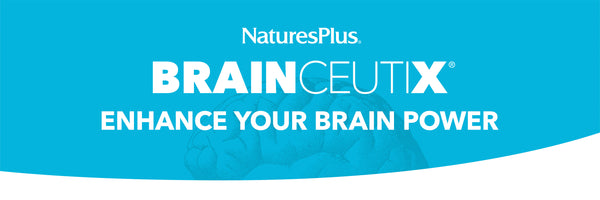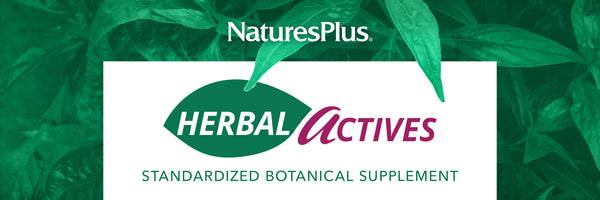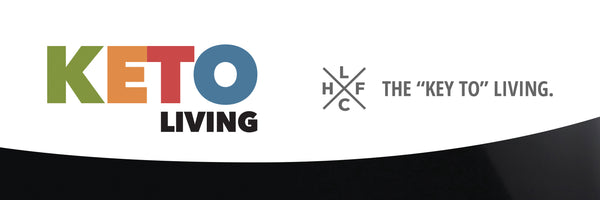Sure, you expect your back to be a little sore after helping a friend move furniture, let’s say. But did you know that something as simple as where you carry your wallet can affect how your back feels?
“I see muscular back pain frequently, even among healthy, fit people,” says sports physician David Geier, MD, author of That’s Gotta Hurt: The Injuries That Changed Sports Forever (ForeEdge). “Often, it’s some specific movement, like lifting something heavy in an awkward position.” Repetitive activities, such as carrying heavy bags, are also major culprits.
Here are some of the more common reasons your back may hurt—and how to help ease the ache.†The information provided is not an endorsement of any product, and is intended for educational purposes only. NaturesPlus does not provide medical advice and does not offer diagnosis of any conditions. Current research on this topic is not conclusive and further research may be needed in order to prove the benefits described. The conditions and symptoms described may be indicative of serious health problems, and therefore should be brought to the attention of a qualified healthcare practitioner.
Purses, Briefcases and Gym Bags
Carrying a heavy purse, toting a packed briefcase or lugging a laptop may all lead to back pain over time.
“A too-heavy satchel can lead to a host of health risks including strained muscles, numbness, tingling in the arm from nerve trauma and unnecessary pressure on the spine or lower back pain,” says Neel Anand, MD, of Cedars-Sinai Spine Center in Los Angeles.
The first step towards pain relief: lighten up.
“Consider daily must-haves versus wants or even occasional items,” suggests Anand. “How often do you really use the sewing kit? Do you need all of the lipsticks you store in those hidden pockets?”
Unnecessary keys, spare change and such technology items as a tablet or iPod, as well as any other mini-tools such as spare scissors or utility knives, all add excess weight and can be left home.
In addition, consider paring down to a smaller purse, maybe one made from a lighter material versus leather. And skip any fashion hardware such as extra buckles, zippers and straps.
Instead of using one large bag to tote all your necessities throughout the day, divide items into smaller satchels with designated purposes, such as smaller pouches and a separate gym bag instead of a heavy catch-all.
Lastly, keep switching up the way you carry your bag, and limit the amount of time you spend toting it around.
Backpacks
Backpacks can help to distribute the weight of a load more evenly than a purse or gym bag, which theoretically can help reduce stress on your back.
However, according to Geier, even if you wear a backpack properly with the weight centered across your back (instead of slinging it over one shoulder), a pack can still cause back pain over time.
“It causes you to lean forward if the pack is heavy, or to one side if you’re using one strap. Both can lead to muscle aches and pains,” he explains.
Heavy textbooks and binders for every subject—and bigger-than-ever backpacks to accommodate them—quickly ratchet up the poundage. Geier says he often sees students carrying as much as 25 or 30 pounds of books “and some of these kids are only 85 pounds themselves!”
Ideally, a rolling backpack, commonly used in airports, eliminates the problem but most kids won’t use them because they’re “not cool,” says Geier.
“Alternatively, carry some of your books in your arms instead of putting all of them in your backpack. Or try carrying only two subjects’ worth of books with you and making more frequent trips to your locker.”
Poor Posture
Slouching or constantly leaning over your desk results in your upper body shifting forward and putting a strain on your neck and lower back, says Ram Mudiyam, MD, of the Hoag Orthopedic Institute in Irvine, California.
“This can accelerate the wear and tear of your discs and cause bulging or pinched nerves resulting in neck and lower back pain, shooting arm pain or sciatica in the legs,” Mudiyam explains. “Normal spinal balance occurs when the head is centered over the neck and the torso is centered over the hips. This helps protect the discs which serve as the body’s primary shock absorbers.”
People in some occupations are more prone to developing poor posture, such as dentists and hair stylists, as are people who sit for prolonged periods while working with computers. Lack of awareness and poor habits also play a large role.
Paying attention to posture, body mechanics and weight control, as well as working on developing core strength, can all delay the process, says Mudiyam. “Pilates and yoga are two of the more popular approaches that have been scientifically validated to work,” he adds.
Doing some exercise every day is better than no exercise or heavy exercise in spurts followed by long intervals of inactivity. If you spend a lot of time at your desk, set yourself up for success by making sure you adjust your chair at a height that allows your knees to bend at a 90° angle and your feet resting flat on the floor. Make sure you have proper lower back support, too.
Mattress Firmness
Sleeping on a soft, spongy mattress can lead to achiness, although a very firm mattress can go too far in the other direction.
“Back pain sufferers can experience greater pain if their mattress is too firm because it puts more pressure on heavy points like the hips and shoulders,” says Anand. “Conversely, a mattress that is too soft could lack the support necessary to allow proper movement. In both cases, the person wakes up stiff and in pain.”
The American Sleep Association recommends three criteria for finding the best mattress for your needs.
First, it should evenly distribute pressure across the entire surface of your body, not just the heavy parts. Second, it should enable your spine to be supported in a natural body position, with support for your inward body curves (neck and lower back) and outward curves (shoulders and hips). Finally, it should feel comfortable.
Running on Hard Ground
The high impact of running and the repetitive stress on joints, often for long durations, can lead to or worsen back pain—especially if you’re running on unforgiving surfaces such as concrete or asphalt.
“There’s concern about the impact on the discs over time,” says Geier. “Generally, my running patients tell me they feel better running on grass, sand, or other softer surface than asphalt or concrete.”
Running on sand or an uneven terrain can cause other types of injuries, so it’s important to find what works best for the individual.
“Find what’s comfortable for you,” says Geier. “Just make sure if you’re used to training on one surface that you gradually transition to a new running surface, such as switching from asphalt to sand or grass, to give your body time to adjust.”
Geier recommends starting with one to two days a week to start and gradually increasing days on the new terrain.
Texting
Daily and frequent texting from technology devices can also cause back pain over time. Dubbed “text neck,” this unofficial term refers to the downward angle of the head used to look down at phones and other devices.
“This can occur from using a laptop as well as a mobile device,” says Geier.
Strain on the spine and neck is particularly likely if you tend to hold your phone at waist height. “Holding it out straight in front of you seems unnatural, although it eliminates neck strain. A compromise is to hold your phone at chest height, so you can keep your shoulders back,” Geier notes.
Using a holder for your phone or iPad may help ease the strain. In addition, Geier says that regular stretching of the back and neck muscles can reverse muscle tightness brought on from prolonged forward head and neck bending.
Back Pocket Storage
Whether you’re carrying a wad of cash in your wallet or use your back pocket to carry your smartphone, using your back pocket for storage may also trigger back pain.
Called wallet neuropathy, sitting on a large wallet or bulky cell phone creates an abnormal twisting of the spine and a compression of nerves that extend through the buttocks and down each leg, says Anand, who adds, “These abnormal motions can result in dysfunction and pain over time.”
Fortunately, there’s a simple preventative solution—move the wallet or phone to a jacket pocket or purse, or invest in a sleeker wallet style with less bulk to it.
†The information provided is not an endorsement of any product, and is intended for educational purposes only. NaturesPlus does not provide medical advice and does not offer diagnosis of any conditions. Current research on this topic is not conclusive and further research may be needed in order to prove the benefits described. The conditions and symptoms described may be indicative of serious health problems, and therefore should be brought to the attention of a qualified healthcare practitioner.The information provided is not an endorsement of any product, and is intended for educational purposes only. NaturesPlus does not provide medical advice and does not offer diagnosis of any conditions. Current research on this topic is not conclusive and further research may be needed in order to prove the benefits described.
The conditions and symptoms described may be indicative of serious health problems, and therefore should be brought to the attention of a qualified healthcare practitioner.
Like this article? You’ll love our weekly newsletter
sign up here!
**These statements have not been evaluated by the Food and Drug Administration. This product is not intended to diagnose, treat, cure or prevent any disease.













































































